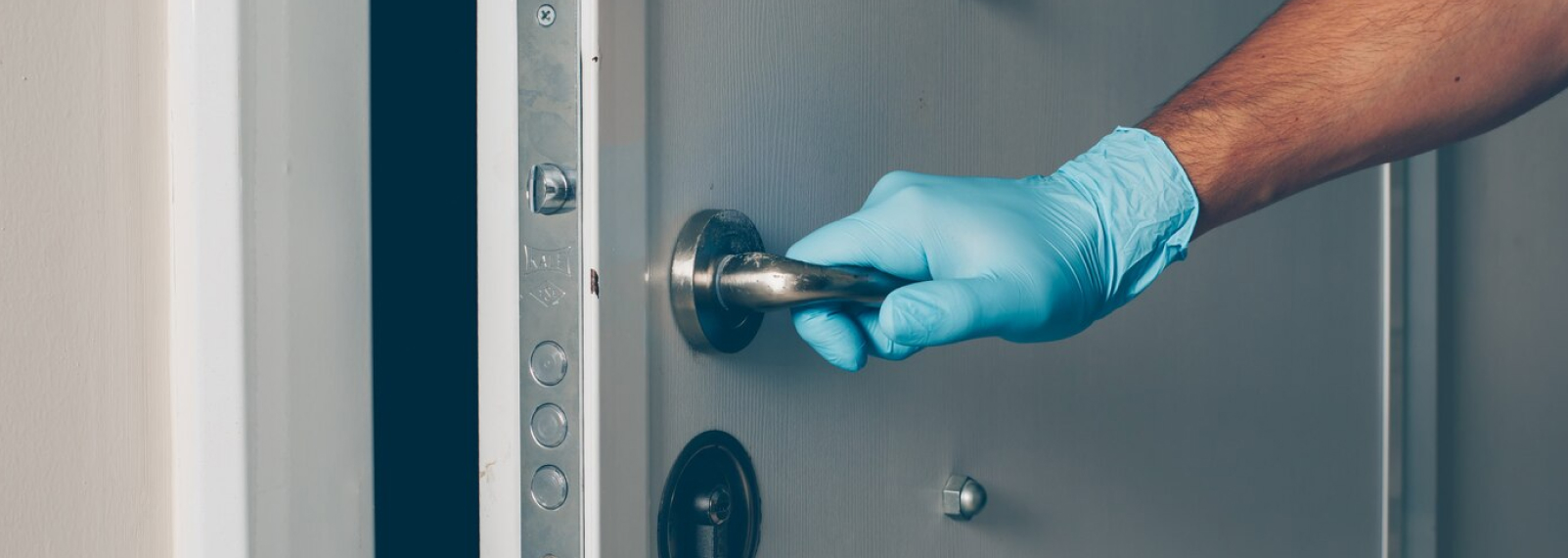Whether you’re locked out of your home, car, or office, or you need to upgrade your security, hiring a professional locksmith is often the best solution. However, if you’ve never hired a locksmith before, you may be unsure of what to expect during the process. In this blog post, we’ll walk you through the steps involved when you call a locksmith and what you can expect from their services.
1. Initial Contact: Explaining Your Problem
The first step in the process is contacting a locksmith. This can be done by calling their phone number, visiting their website, or even sending an email. When you reach out, expect the locksmith to ask you several key questions to understand the issue you’re dealing with, such as:
- Are you locked out of your home, car, or office?
- What type of lock or security system are you using?
- Is the lock broken or damaged?
- Where are you located (for emergency services)?
- What time do you need the service?
Providing clear details will help the locksmith understand your situation and offer a more accurate estimate.
2. Providing an Estimate
Once the locksmith has a better idea of what you need, they will give you an estimate for the service. Many locksmiths provide free quotes over the phone, though the final price may vary based on factors like the time of day, location, complexity of the job, and materials needed.
- Flat Rate or Hourly Fees: Some locksmiths charge a flat rate for standard services like lockouts or key replacements, while others may charge hourly fees for more complicated jobs.
- Emergency or After-Hours Fees: Keep in mind that locksmith services performed after normal business hours or during weekends/holidays may come with an additional charge due to the urgency of the situation.
Make sure you get a written or verbal estimate upfront so you know what to expect before the locksmith arrives.
3. Arrival and Assessment
Once the locksmith arrives at your location, they will begin by assessing the situation. Depending on the service, this may involve:
- Evaluating the Lock: The locksmith will inspect the lock to determine if it can be repaired or if it needs to be replaced.
- Identifying Access Points: For lockouts, the locksmith may check for alternative access points, like windows or back doors, and assess how best to proceed without causing damage.
- Security Assessment: If you’re upgrading or installing new locks, the locksmith will assess your existing security and recommend the best solutions to enhance it.
They may also offer additional advice or services based on your needs, such as adding deadbolts, installing smart locks, or recommending better security measures.
4. Service Execution
Once the locksmith has assessed the situation and you’ve agreed on the pricing, they will get to work. Depending on the service, this may involve:
- Lockout Services: For lockouts, the locksmith will use specialized tools and techniques to unlock your door without causing damage to the lock or door frame.
- Lock Repairs or Replacements: If your lock is broken or outdated, the locksmith will repair it or replace it with a new, secure lock. They may offer high-security options or smart locks if needed.
- Key Duplication or Replacement: If you’ve lost your keys or need duplicates, the locksmith will create new keys for you, or rekey the existing locks so old keys no longer work.
- Security System Installations: For more advanced services, like the installation of a security system, the locksmith will take the necessary time to install and program the equipment correctly.
Expect the locksmith to work efficiently and professionally to complete the task at hand, ensuring that your locks are functioning as expected.
5. Final Inspection and Testing
Once the job is complete, the locksmith will conduct a final inspection to ensure everything is working properly. For lockouts, they will test the lock to confirm it opens and closes smoothly. If you had a lock installed or replaced, they will verify that it’s secure and functioning as it should.
For electronic or smart locks, the locksmith will ensure the system is programmed correctly and that it works with your existing devices, such as a smartphone or security system.
6. Payment and Final Receipt
Once the job is finished and you’re satisfied with the results, the locksmith will provide you with a final bill. The price should match the estimate given earlier, though it may vary slightly depending on the final details of the job. Be sure to ask for a receipt that lists the services performed, the materials used, and the total cost.
If you’re using an emergency locksmith service, expect to pay a bit more due to the urgency of the situation and any after-hours fees. It’s always a good idea to pay with a method that provides documentation, like a credit card, for your records.
7. Follow-Up Services (If Needed)
In some cases, you may need follow-up services after the initial job. If there are issues with the lock or security system, most reputable locksmiths, like ProLocksmiths, will offer a warranty or guarantee on their work. If the problem reoccurs within a certain time frame, you can contact the locksmith for assistance without incurring additional charges.
